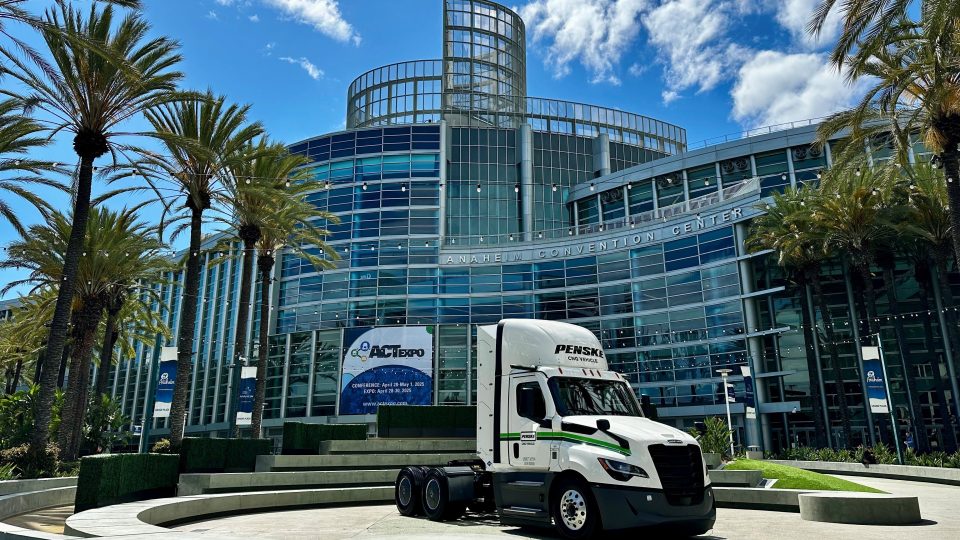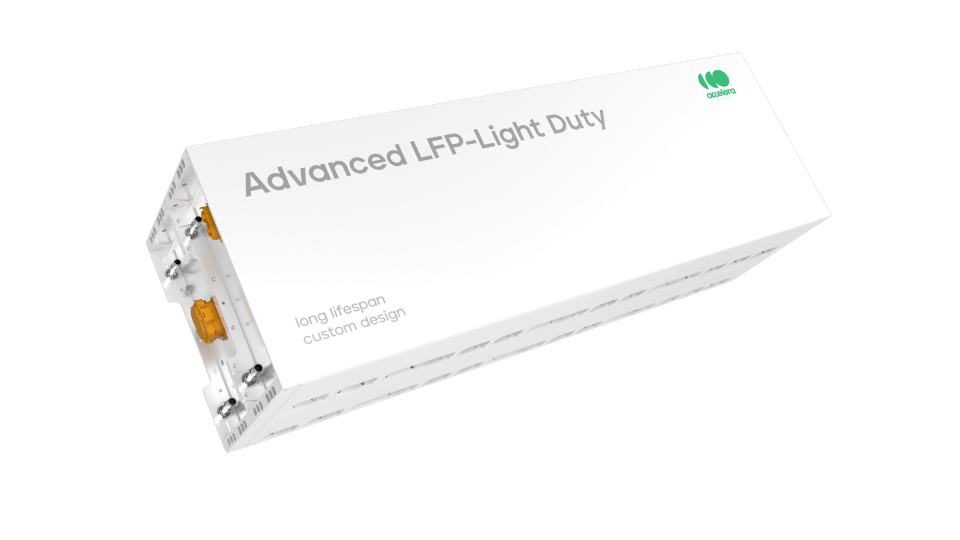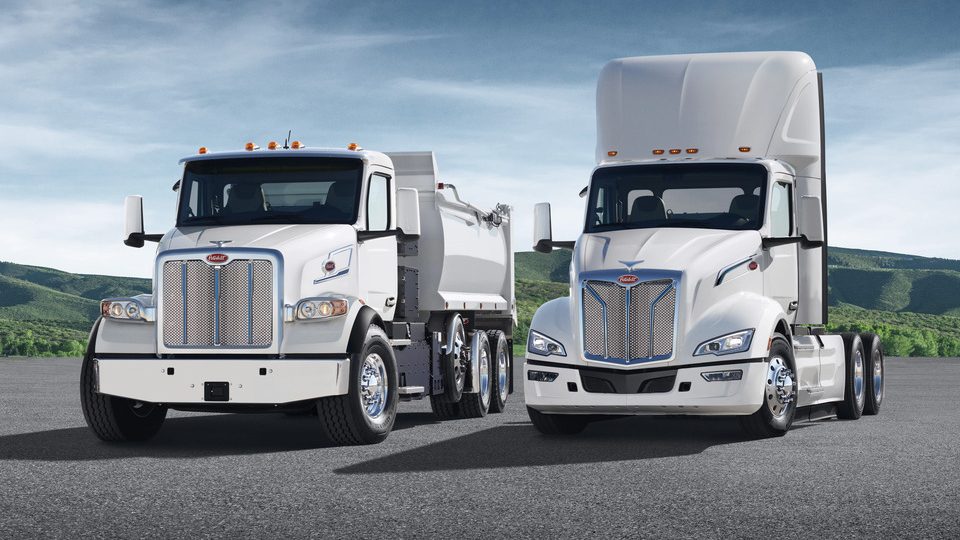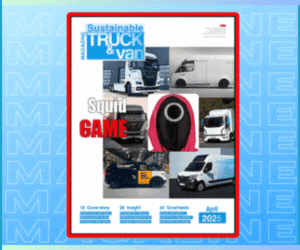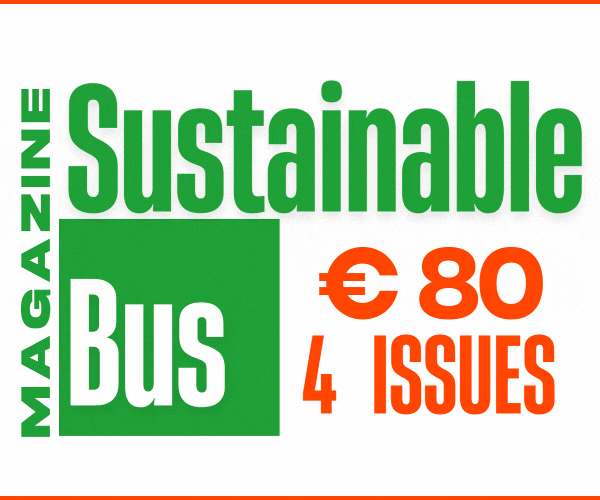Postcards from a booming market. What we saw at the 18th Battery Experts Forum
«In 2030, the battery market will triple compared to today», stated Sven Bauer, the founder of BMZ. Technology is advancing and more and more options and challenges are ahead in the industry. The Battery Experts Forum gathers yearly in Germany some of the main protagonists worldwide. The next edition will take place from 5 to 7 November, 2024.
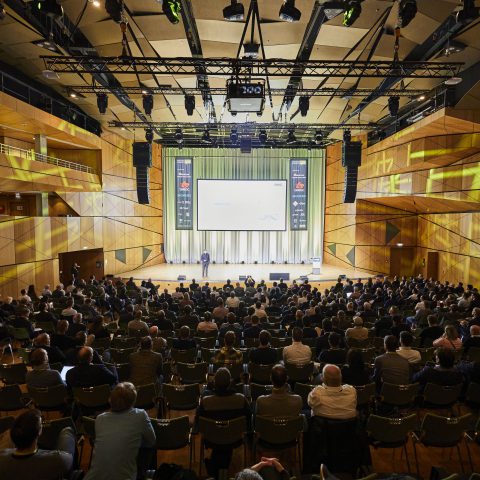
The Battery Experts Forum was created by BMZ, which hosts the event. Karlstein, where the parent company has taken root, is located close to Frankfurt, as is the Darmstadtium Science and Congress Centrum in Darmstadt. It was in this futuristic arena that the 18th edition of the three-day in-depth forum about the entire battery industry took place. In our foray into the stand we found, among other things, Morpheus – an evocative name from the Matrix trilogy – an 800 Volt charging system for LEV (Light Electric Vehicles) applications. Power2Go is a portable charging module, lithium ion batteries, 2,500 Wh, 92-264 VAC voltage, and 1,000 W charging power. On the other hand, the Power2Use is available with 4, 8 and 10 h, nominal capacities of 72, 144 and 180Wh, 18V, and a weight of 0.6, 0.95 and 1.03 kg, respectively. We could go on and on, but what we bring home is not in the data sheets. It is in the statement by Sven Bauer, the founder of BMZ: «In 2030, the battery market will triple compared to today».
DMEGC and Amada
At the presentation press conference, the stone guest (China) materialized in the person of Du Quoqing, Chief Battery Scientist at DMEGC. Always fascinated by batteries, Du Quoqing has pursued a career between academic circles and industry. DMEGC has been listed on the stock exchange since 2006 and has gone through all the stages of sustainability. In 2009, it embraced photovoltaics, and it is also recognised by Bloomberg as a Tier 1 supplier. In 2016, it rode the wave of lithium-ion batteries. The numbers speak for themselves: so far, they have manufactured 700 million battery cells, a figure that is set to double in the next two years.
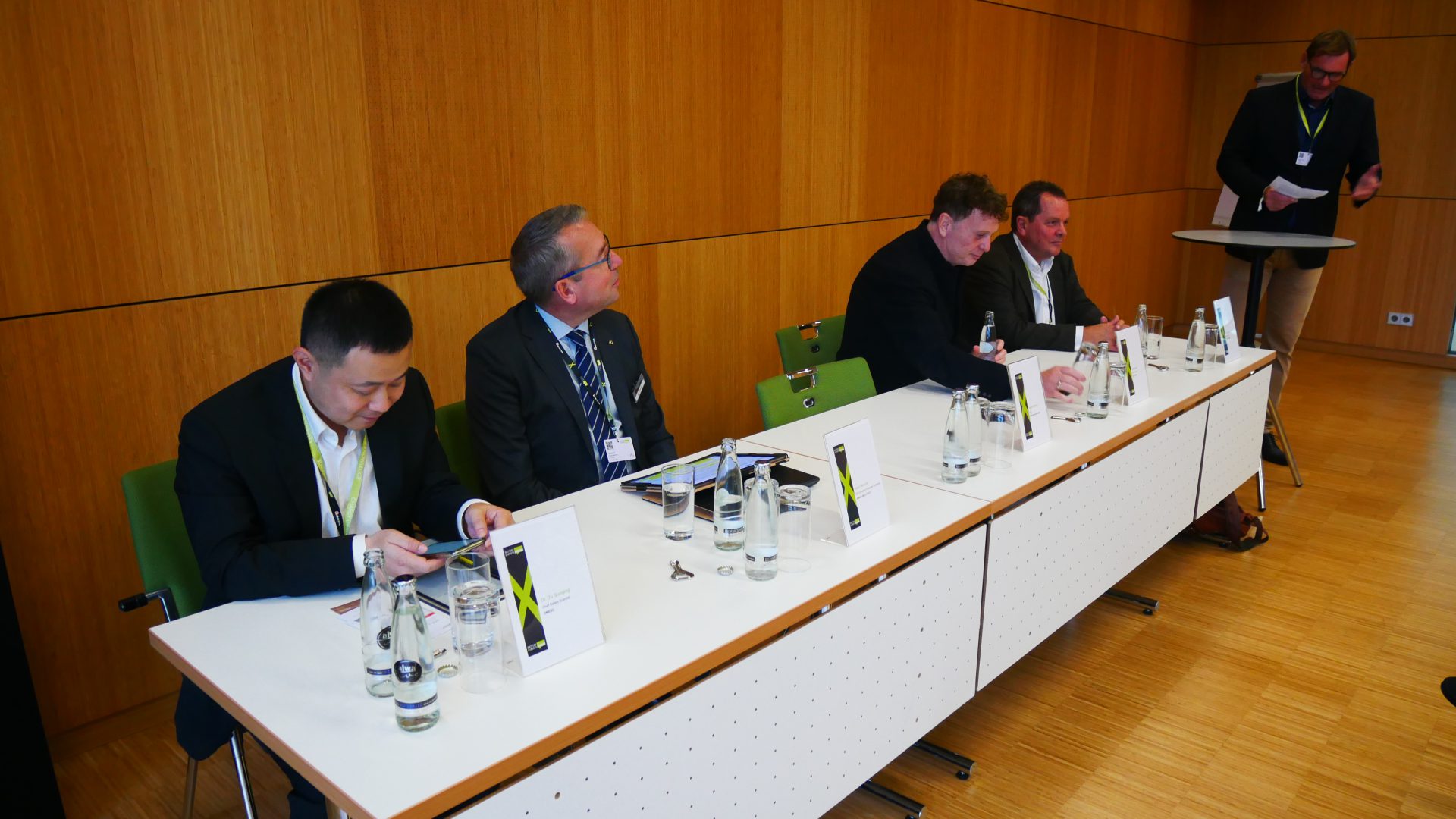
Dave Fawcett represents California-based Amada Weld Tech, which coalesces several divisions, all related to metalworking, with a turnover of 2.4 billion euros. For batteries, they provide precision welding and assembly. The common denominator is high process control and quality control. Mr Fawcett brought a valuable element into the discussion: the most suitable materials must first be selected for each specific type of battery.
Public support is mandatory to promote the European industry
Sven Bauer, again, insists on the main topic: the European government must protect and promote continental industry. Without public support, as is the case in the US and China, we will get nowhere. The decision to develop a BMZ plant in North Macedonia is aimed at reducing costs, including logistics. BMZ is ninth in the ranking of finished products and cylindrical batteries manufacturers, and eighth among EV batteries.
Wolfgang Bernhart, from Roland Berger in Munich, deals with the industrial aspects of decarbonisation; for example, he advises two European materials companies, others involved in catalysis, chemistry and other segments of the supply chain. In the last three years, he has intensified his consulting activity in the area of recycling. The fluctuation of material costs has had a macroscopic impact on the aggregate price per unit of product. How to intervene? By leveraging subsidies, at any level of the supply chain, as envisaged in the USA.
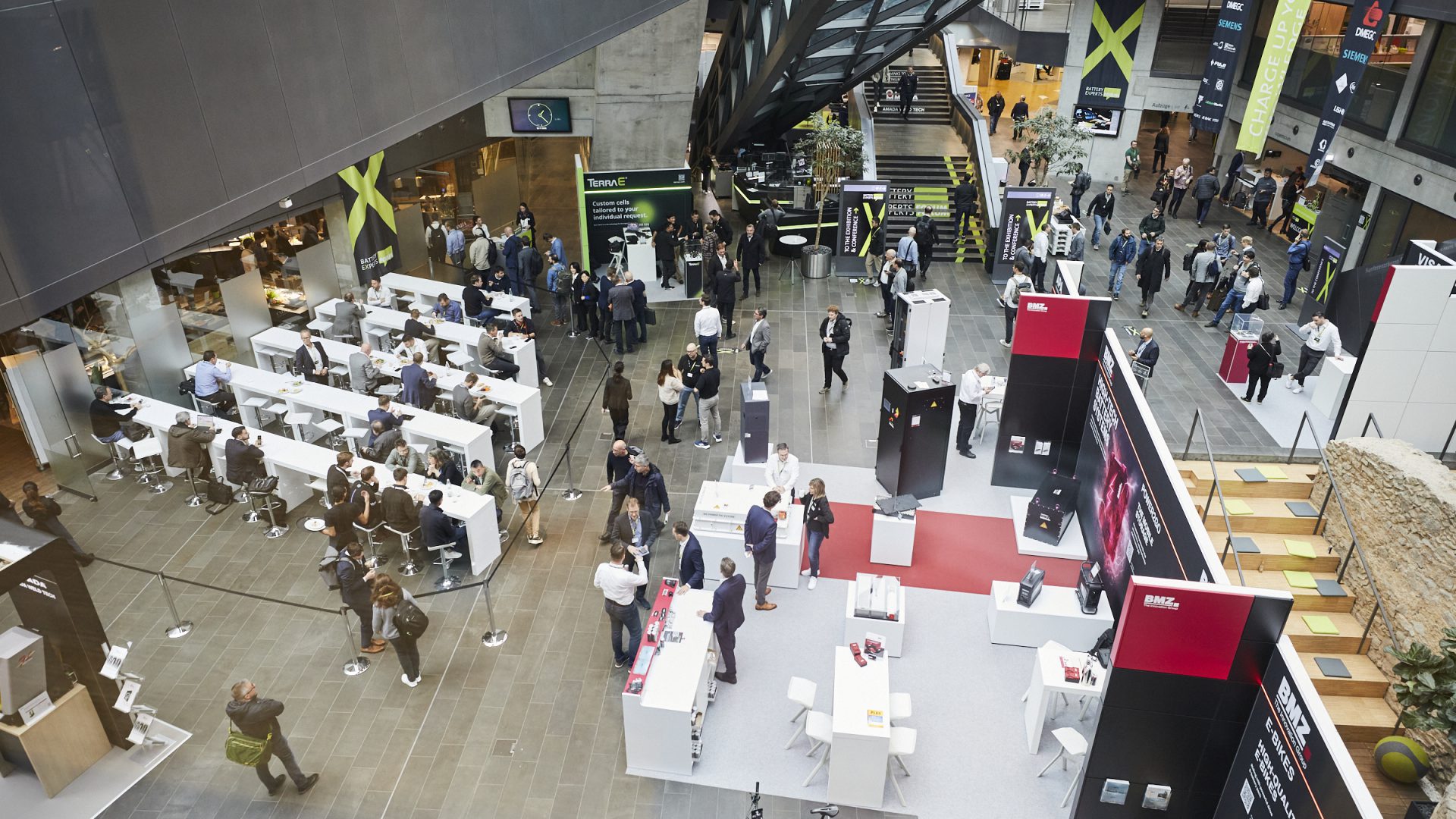
The Inflation Reduction Act is divided almost equally on materials and processes. The tax credit will be 10% on critical materials and electrode material. It is the famous ‘de-risk and diversify’ advocated by the Biden Administration. Indeed, approximately 90% of materials and cell production is within China’s sphere of influence. Even in the case of artificial graphite, the factors change but the result does not: it is still the Dragon that hogs the limelight. In Europe, there is an urgent need for cross-sectoral partnerships between the worlds of production, academia and decision-making. At the moment, only Scandinavia stands out in the extraction of rare earths in Europe.
According to Du Quoqing, however, ‘decoupling’ is not a forward-looking operation. It has been attempted in the recent past with microchips, and perhaps it is better to cooperate, DMEG’s Chief Battery Scientist suggests. We would like to argue that, even before the microchip, which is in the hands of a few entities, including Samsung, the raw nerve is that of semiconductors. Counterbalancing the Chinese dominance are the Americans, with the likes of Texas Instruments, Micron Technology and IBM. The American momentum, however, has waned, and it will receive new impetus thanks to the Chips and Science Act. There is also a European counterpart to this measure, which aims to double the global market share to 20% (European Chips Act, valid as of 21 September).
The role of Europe in battery cell production
The BMZ forecasts indirectly contradict these figures and hazard a 13% share in cell production. On 10 May 2023, the Commission set up the Semiconductor Alert System, a pilot system to monitor the semiconductor supply chain. We are talking about a universe of millions of batteries, which will have to be reversible in applications, for example in stationary second life, at the end of the first automotive life cycle. After five years of gestation, European legislation has given birth to the directive that does not repeal laws, but harmonizes them. The definitions of traction batteries and LMT (Light Means Transport), which were not covered before, stand out. Criteria and procedures are provided for the disposal and recycling of cobalt, lithium and nickel, to be used in the production of new batteries, starting in 2024. CO2 limits will be made public in 2025. Methods for defining and calculating emissions have not yet been defined. The number of accidental events is also contemplated. The question is how, and to what, the concept of accident is applicable to an industrial battery.
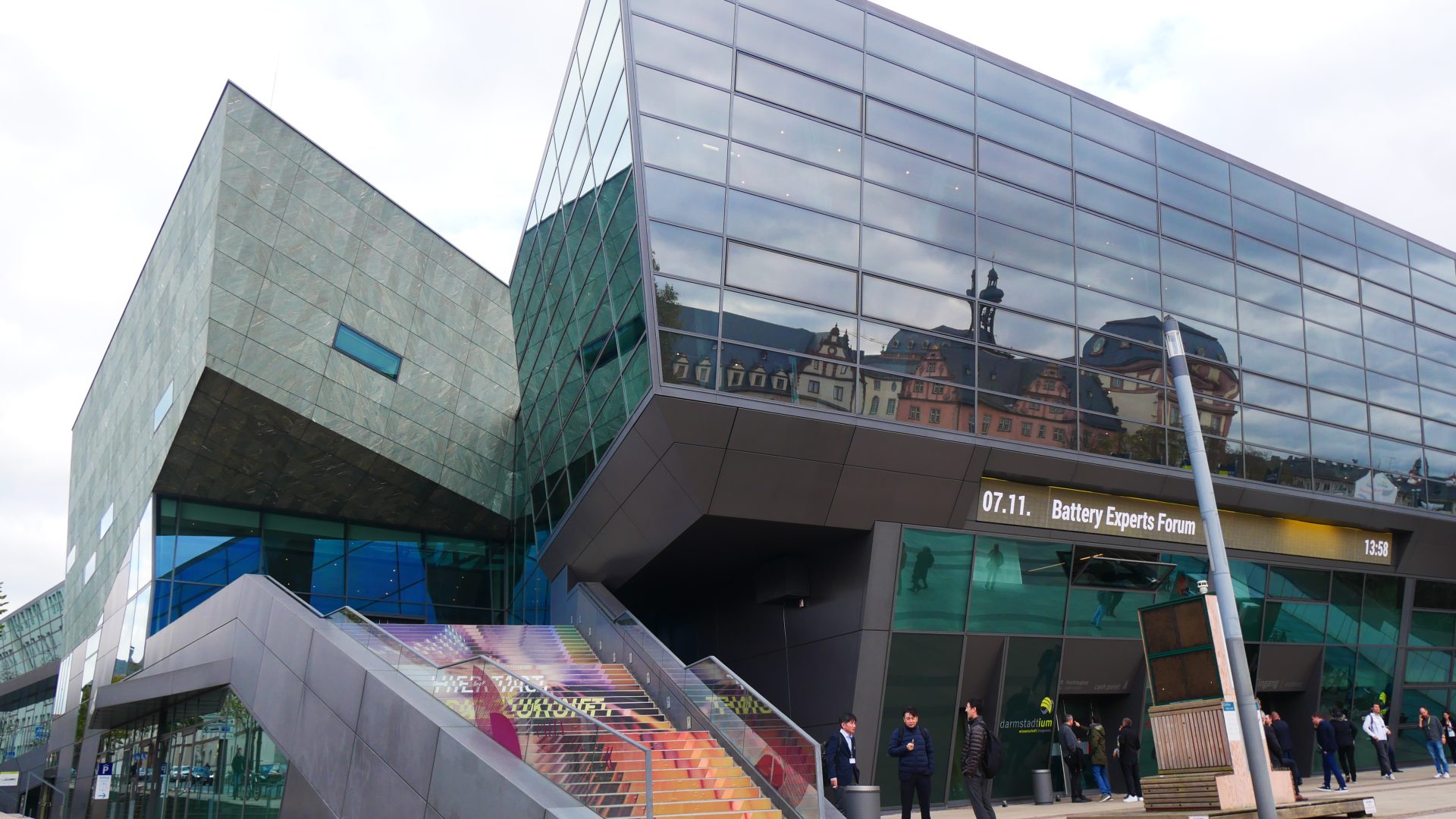
To follow the trend, one must be flexible in using available technologies, such as the two most fashionable lithium ion chemistries, NMC (Nickel Manganese Cobalt) and LFP (Lithium Iron Phosphate). This reasoning particularly applies to sodium ions (Na-ion). Sodium is an alkaline about 1,300 times more readily available than lithium, and so is manganese, an availability that will drive the rapid expansion of this market. This type of battery proves to be more economical and has a lower environmental impact because it does not require the same earth as NMCs and LFPs. It is a similar technology to lithium-ion batteries, so it can be integrated into existing infrastructure, but it is much less reactive, does not suffer from dendrites (a potential cause of short circuits) and reacts in a thermal range that is more dilated than lithium, from -20 °C to + 60 °C. The main limitation is power density, between 140 and 160 Wh/kg, as opposed to the 180-250 Wh/kg range of lithium-ion batteries. The final message of hope for the future of the battery industry concerns the thorny subject of recharging times: the threshold of 80% in 10 minutes seems to be approaching with wide strides.
The highlights of the Battery Experts Forum
We wanted to go over the highlights of the Battery Experts Forum in a few salient steps with Volker Ritzert, CEO of BMZ Germany. “Providing the big picture of battery pack development requires a holistic view. We are solution providers, understanding becomes common within the development process”.
Matthias Girlich, Project Leader of the event, adds: “I see the Battery Experts Forum as a super-opportunity to bring people together in a human environment. It is meant to be a networking experience and a marketplace at the same time. An approach that makes us special, in this niche environment, where we try to bring together the different links in the supply chain and provide interesting content. Content, innovation and networking”.
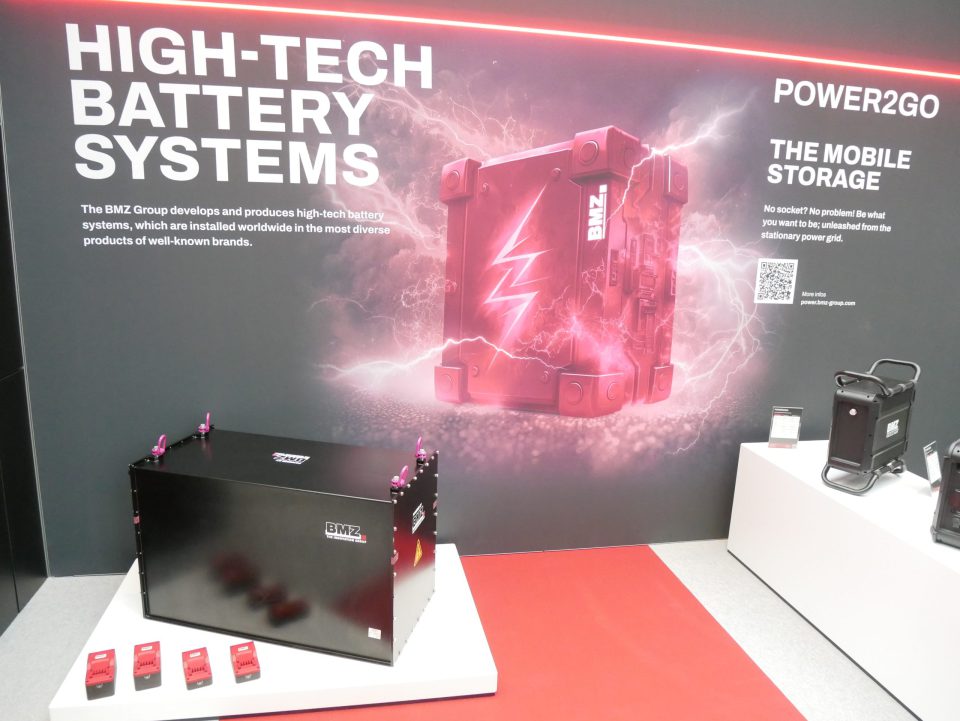
Mr Ritzert continues: “Battery waste and lithium recycling is what we will focus on most in the future. It’s the same approach as with smart-phones; you disassemble and save the elements, and put them back into the production cycle. Fast charging will also increasingly be a reality, even for commercial and industrial applications. Speaking of batteries, I want to mention lithium-sodium batteries. Their price has dropped by 30% and they are optimal if applications do not require power density and little space. As far as performance is concerned, we have developed our own cells and launched a 6.4Ah battery, a high-performance version, if you consider that the standard is 2.4Ah”.
Speaking of semiconductors, Mr Ritzert reiterates the mantra. “In Europe, we have to build an infrastructure capable of low-cost production, as is happening in the US. Without such a strategy in the EU, Europeans will be forced to give up these projects in the future. I believe we can meet the challenge with China. Semiconductors are not an option. We must have a plan B”.










